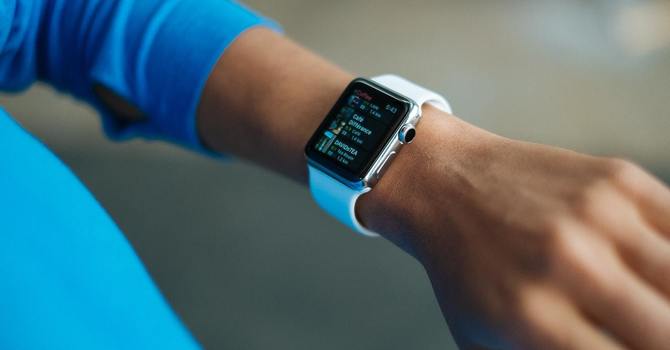
Did you know headaches affect more than half of the population?
There are various types of headaches and recognizing their distinct features can help you and your doctor determine the best treatment strategy. Below are three of the most common varieties.
1. Migraine Headaches
Migraine headaches are normally described as throbbing or pulsing. The pain is typically moderate to severe and worsens with physical activity. Other symptoms include nausea and sensitivity to light, sound, or smells. These types of headaches can last between a couple of hours and three days.
2. Neck Tension Headaches (Cervicogenic)
Tension Headaches are the most common type of headache among adults and teens. They cause mild to moderate pain and come and go over time.
Approximately one in five headaches arise from a problem in the neck and is classified as neck tension or "cervicogenic headaches."
Cervicogenic headaches are most commonly one-sided, but occasionally may be present on both sides of the head. Pain often radiates from the base of your skull toward the top of your head and sometimes over your eyes. And, as the name implies, neck tightness is frequently present.
Other signs may include:
- Pain on one side of your head or face
- Steady pain that doesn't throb
- Head pain when you cough, sneeze, or take a deep breath
- An attack of pain that can last for hours or days
- Stiff neck -- you can't move your neck normally
- Pain that stays in one spot, like the back, front, or side of your head or your eye.
Are you experiencing any of these symptoms? You may have a tension headache. There is one other type of headache to be aware of.
We will come back to talking about migraines in a moment.
3. Cluster Headaches
Cluster headaches are a series of relatively short but very painful headaches people can get every day for weeks or months at a time. Those who suffer with these type of headaches tend to get them at the same time each year. Because of this, people often mistake cluster headaches for symptoms of allergies or even stress at work. Cluster headaches can also be triggered by alcohol.
Cluster headaches are by far the least common of these three and occur in a cluster or on one side of the head. This pain is typically stabbing or piercing.
These types of headaches only last between 10 minutes to 3 hours and laying down often worsens the pain. Other symptoms include watering of the eye and nasal congestion on the side of the headache.
The Common Culprit For Headaches
A common trigger for migraine and neck tension headaches is limited movement of the joints in your upper cervical spine.
Normally, each of the joints in your neck moves freely and independently. Sometimes, restrictions in the upper cervical spine initiate a painful cycle of stiffness, muscle tightness, and joint inflammation. This may cause irritation to the sensitive nerves leading from your neck into the back of your head.
And did you know spinal manipulation, like what we perform in our office, has proven to be one of the most effective forms of treatment for these types of headaches?
Now that you know a little more about the different types of headaches, you may be able to figure out which type is leaving you in pain. If you are suffering from migraines or tension headaches, give our office a call.
We’re here to help! Before we conclude this post, let's look at migraines since they are often the most misunderstood of the three types.
Quick Facts About Migraine Headaches
What’s The Problem?
- A migraine is an intense throbbing headache that may be accompanied by nausea, vomiting, and sensitivity to light or noise.
- Worldwide, an estimated ONE BILLION people suffer at least one migraine headache each year.
- Adult women are THREE TIMES MORE LIKELY than men to experience migraines. OVER 80% of migraineurs miss work due to their headaches, with an average of 4-6 absences per year.
- Migraines are set off by TRIGGERS and the headache occurs when the number of triggers reaches a critical threshold. This can be likened to a glass of water that overflows at a certain point. For many patients, upper cervical tension and joint restrictions act as migraine triggers.
What’s The Solution?
- Spinal manipulation has demonstrated similar effectiveness but LONGER-LASTING BENEFIT and FEWER SIDE EFFECTS than a well-known medical therapy (amitriptyline).
- Researchers from Harvard Medical School found that migraine headache patients who received care in addition to usual medical care experienced, on average, TWO FEWER MIGRAINE DAYS EACH MONTH, compared to those who did not receive treatment.
- Research shows a significant reduction of migraine intensity in almost half of those patients receiving spinal manipulation, and nearly one in four participants reported greater than 90% FEWER ATTACKS.
Conclusion
We know how to get you the help you need to experience freedom from migraine headaches. If you or someone you know suffers from migraines, call our office today.




